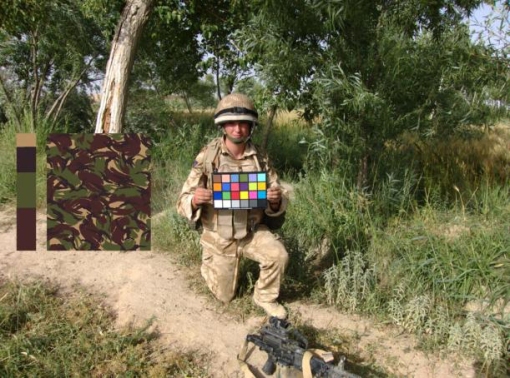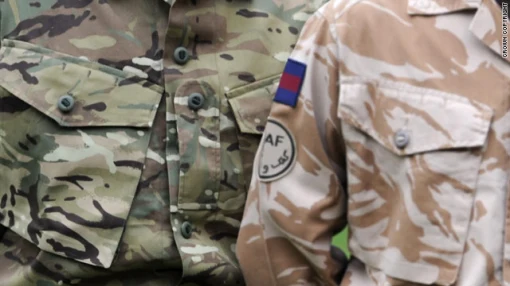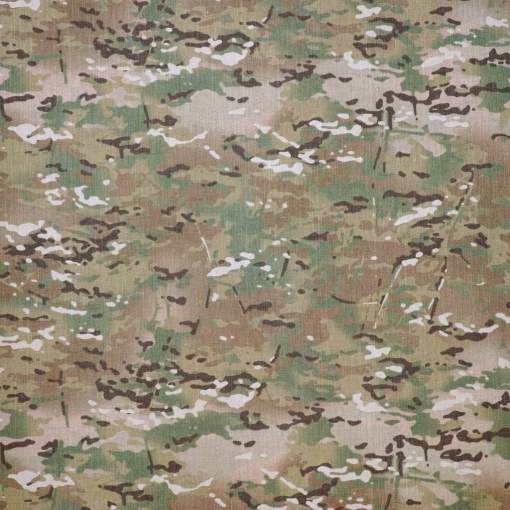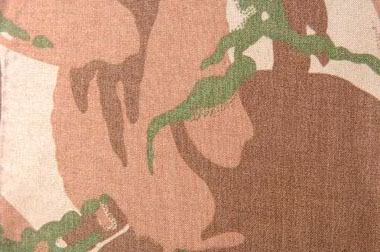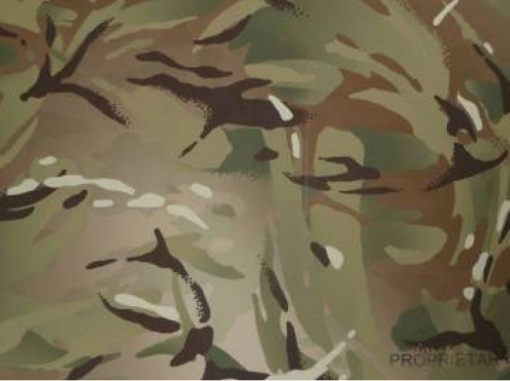…. well, for some of them anyway. The article below is reproduced courtesy of Strategy Page. All errors with reference to the ABU (Airman Battle Uniform) and UCP (Universal Camouflage Pattern) are theirs 😉
September 17, 2010: U.S. Air force personnel in Afghanistan have been buying (or scrounging from kindly army supply sergeants) the new MultiCam pattern uniforms. That’s because the air force uses a different camouflage pattern for their field uniforms, and when air force air controllers (who call in air strikes) move through the hills with army troops, it’s obvious from a distance who the air force personnel are. Actually, it makes all the troops more visible, because the MultiCam is pretty good at hiding those wearing it, but the difference between the air force camo and the MultiCam is so striking that the entire group of troops becomes more visible. The air force brass eventually got the message, and have started buying MultiCam uniforms for air force troops operating in combat along with army troops.
This was not the first problem of this sort. While the MultiCam was a an improvement on the older ACU pattern uniforms, the troops did not get new packs (which also use camo pattern cloth) at the same time they received the MultiCam uniforms. Thus when troops went off into the hills, the combination of MultiCam uniforms and ACU pattern packs do a lot to ruin the camouflage effect.
The U.S. military has been having a tough decade when it comes to camouflage uniforms. Since September 11, 2001, the U.S. Army has changed camouflage patterns for their combat uniforms twice. First it was the adoption of digital patterns, then the current move to MultiCam.
It was SOCOM (special operations command) troops who first had second thoughts about the older digital camo pattern. The digital camouflage pattern uses “pixels” (little square or round spots of color, like you will find on your computer monitor if you look very closely), instead of just splotches of different colors. Naturally, this was called “digital camouflage.” This pattern proved considerably more effective at hiding troops than older methods.
For example, in tests, it was found that soldiers wearing digital pattern uniforms were 50 percent more likely to escape detection by other troops, than if they were wearing standard green uniforms. What made the digital pattern work was the way the human brain processed information. The small “pixels” of color on the cloth makes the human brain see vegetation and terrain, not people. One could provide a more technical explanation, but the “brain processing” one pretty much says it all. Another advantage of the digital patterns is that they can also fool troops using night vision scopes. American troops are increasingly running up against opponents who have night optics, so wearing a camouflage pattern that looks like vegetation to someone with a night scope, is useful.
But digital doesn’t rule, at least not when price is no object. The runner-up in the competition was a non-digital pattern called MultiCam (cleverly designed to hide troops in many different environments). Many in the army preferred this one, but the difference, in tests, between it and the winner, digital ACU, was not that great. Moreover, MultiCam was about three times more expensive.
However, SOCOM operators have their own budget, and had many of their guys out in the field wearing MultiCam, rather than the digital ACU. Now SOCOM has always had a larger budget, per capita, than the rest of the army, and its operators had a lot of discretion to use whatever weapons or gear they thought best for the job. Apparently, on some jobs, MultiCam was considered more suitable than digital ACU. That said, there have been few complaints from soldiers about ACU, which measures up to MultiCam in most particulars, and it a lot cheaper.
Eventually, the services decided that if MultiCam provided even a small advantage over digital, than MultiCam was the way to go. The British Army thought the same thing, and are now sending new uniforms, using a version of MultiCam, to their troops. But for the new MultiCam to work, everything the troops wear has to be MultiCam. And everyone out with the troops, especially air force air controllers, need to be dressed in MultiCam as well.

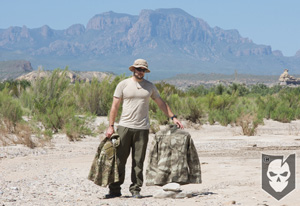


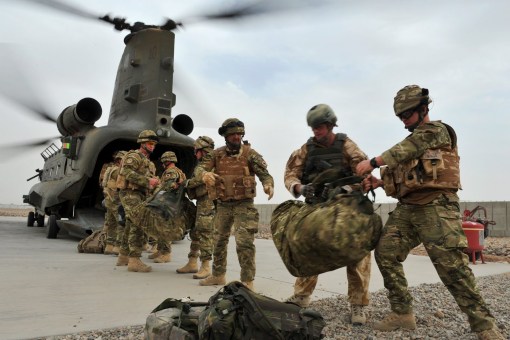
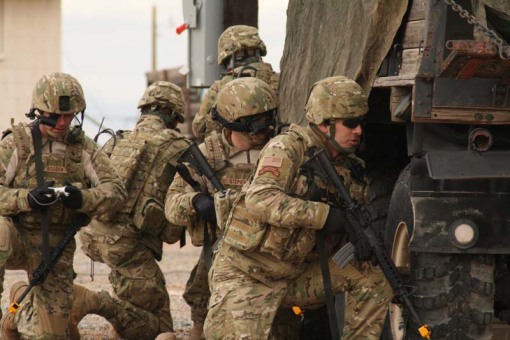
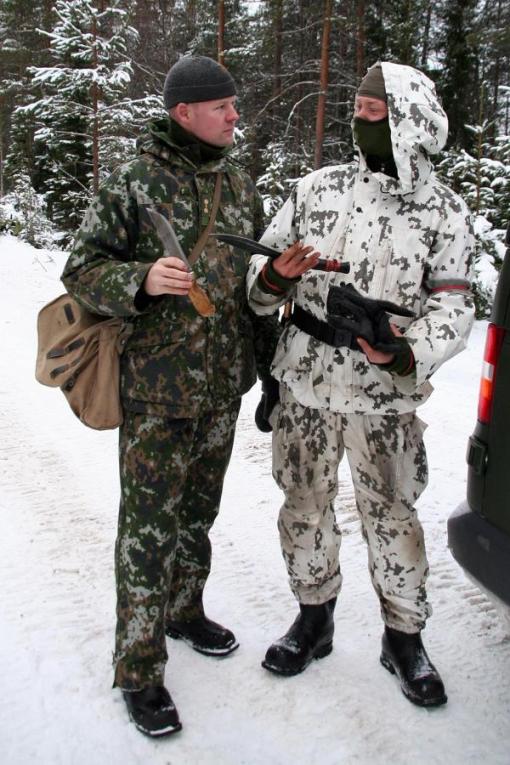
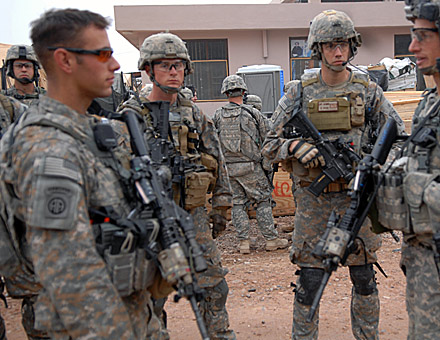
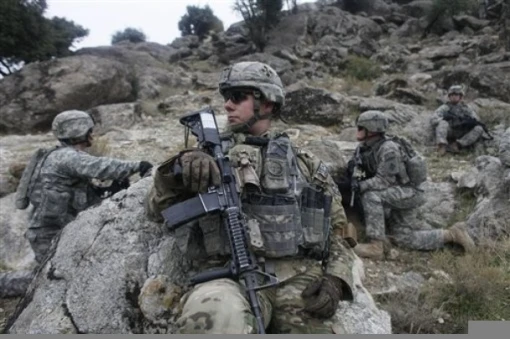
 TESTING THE NEW MULTI-TERRAIN CAMOUFLAGE
TESTING THE NEW MULTI-TERRAIN CAMOUFLAGE

